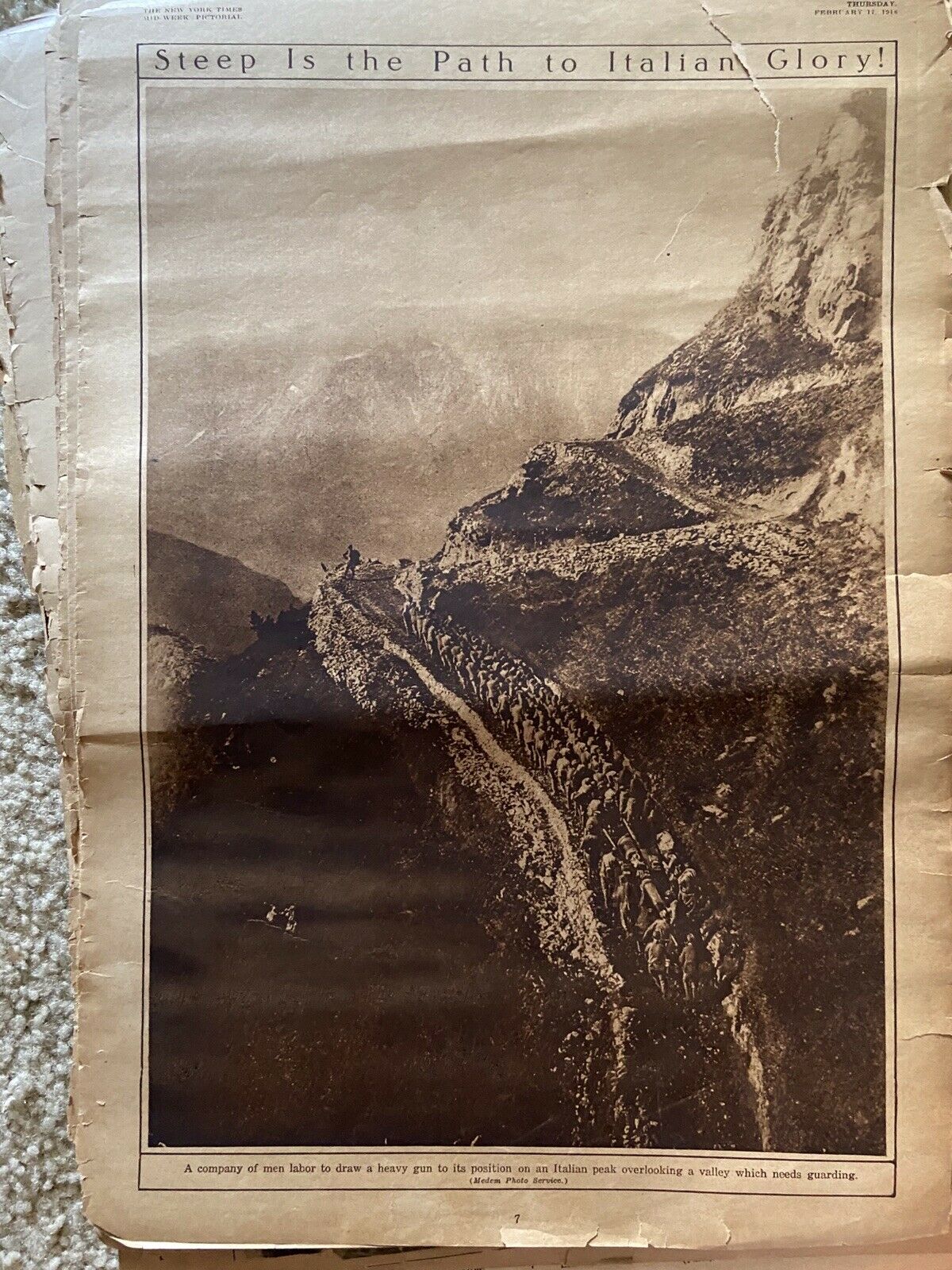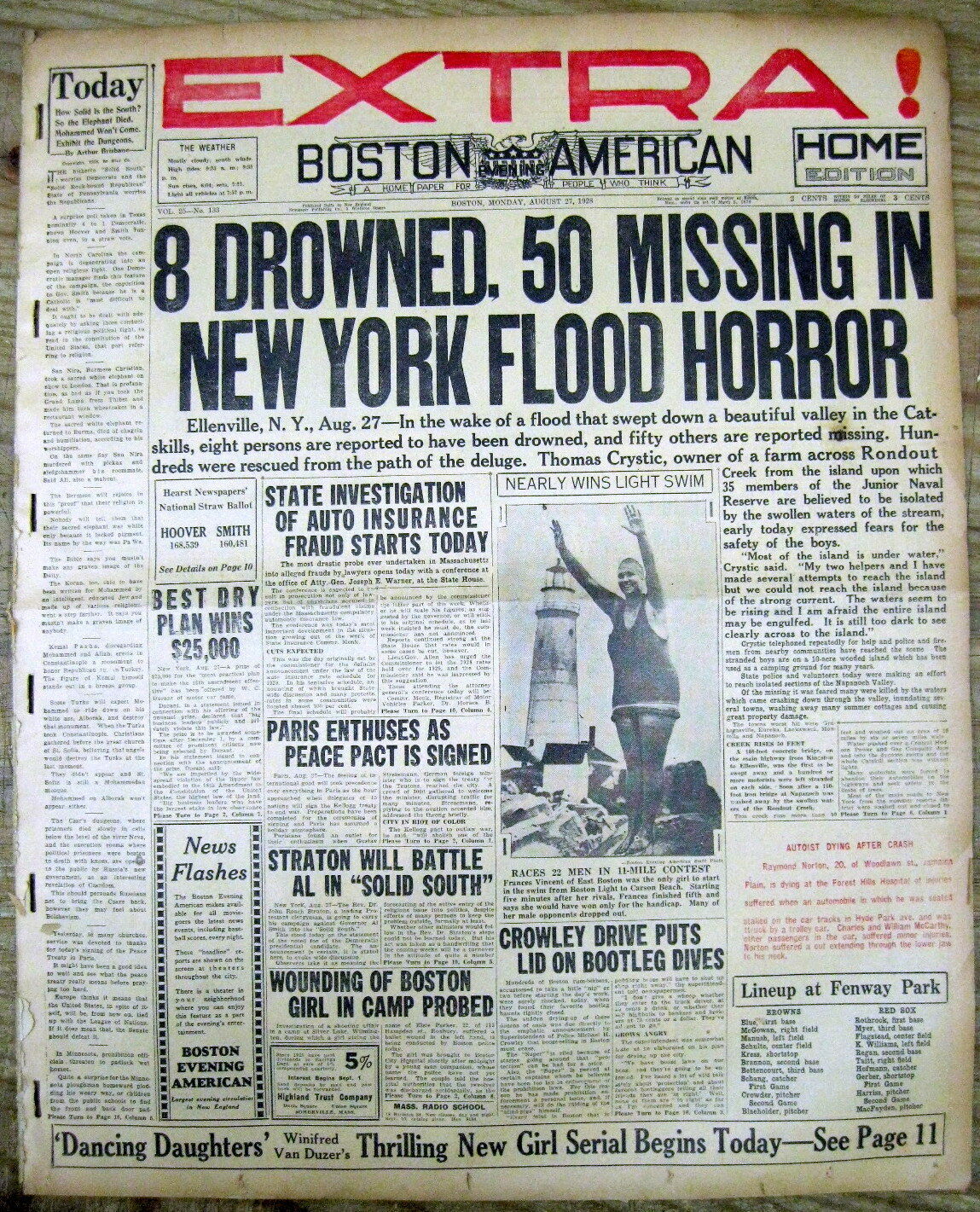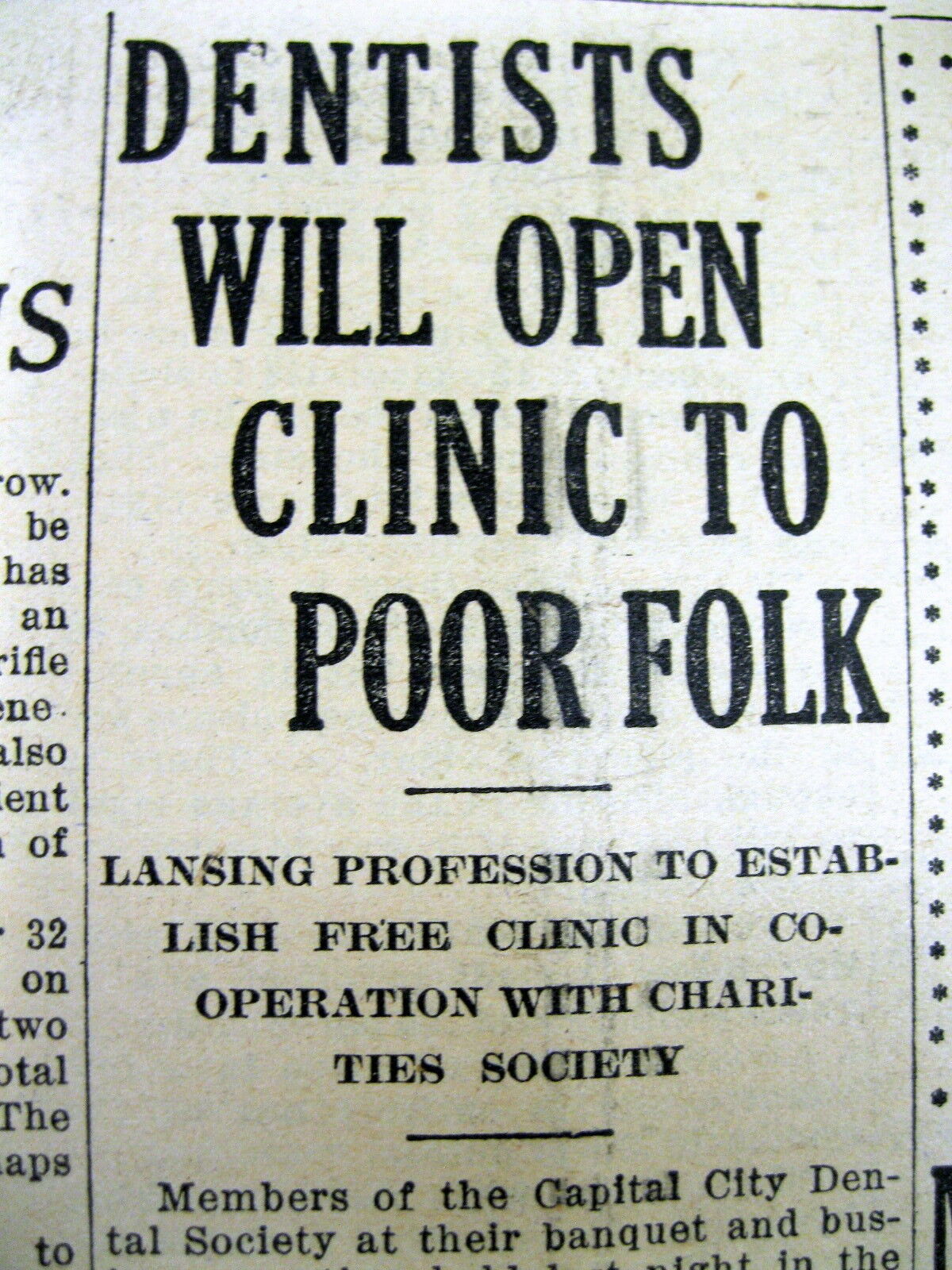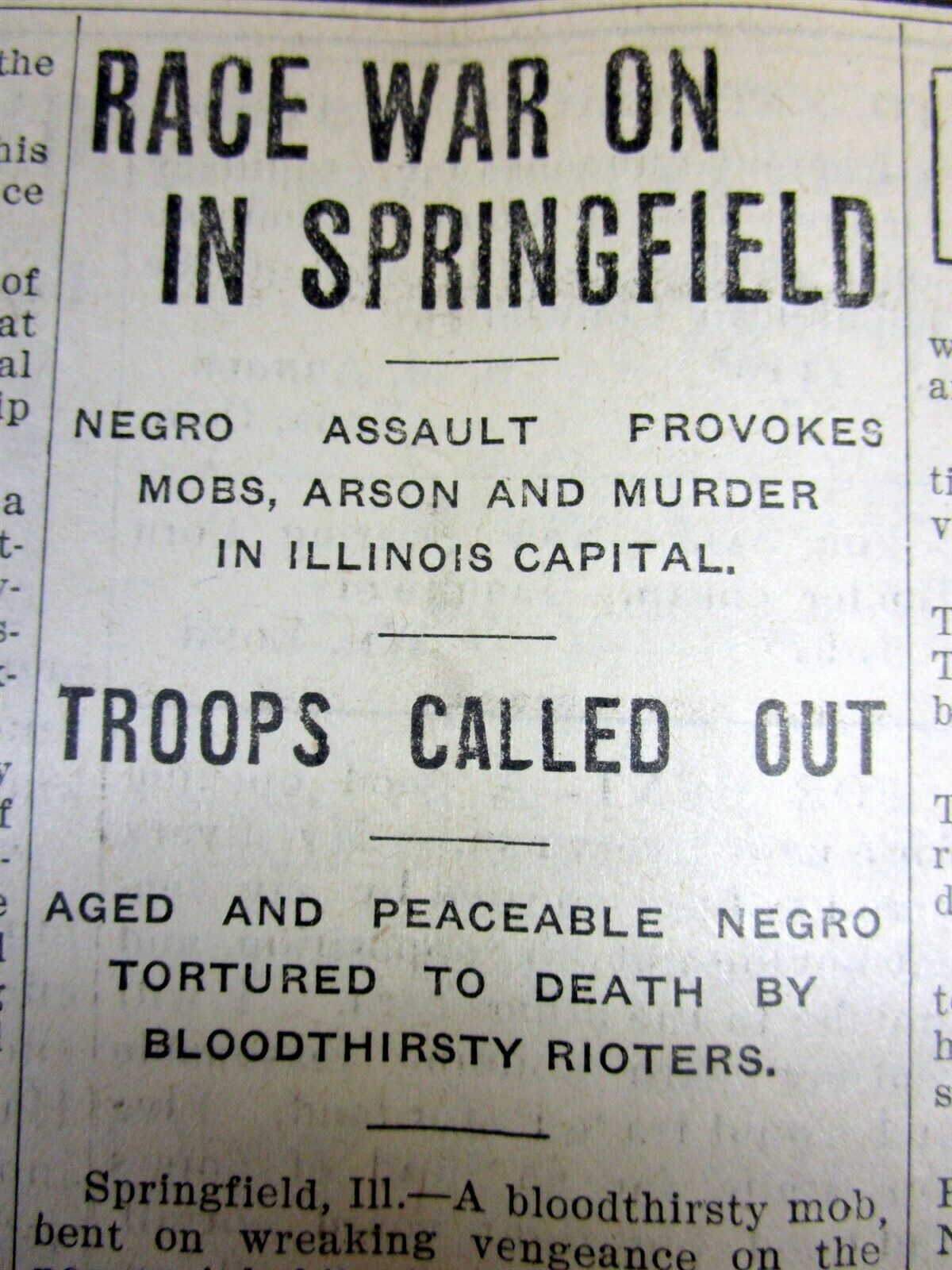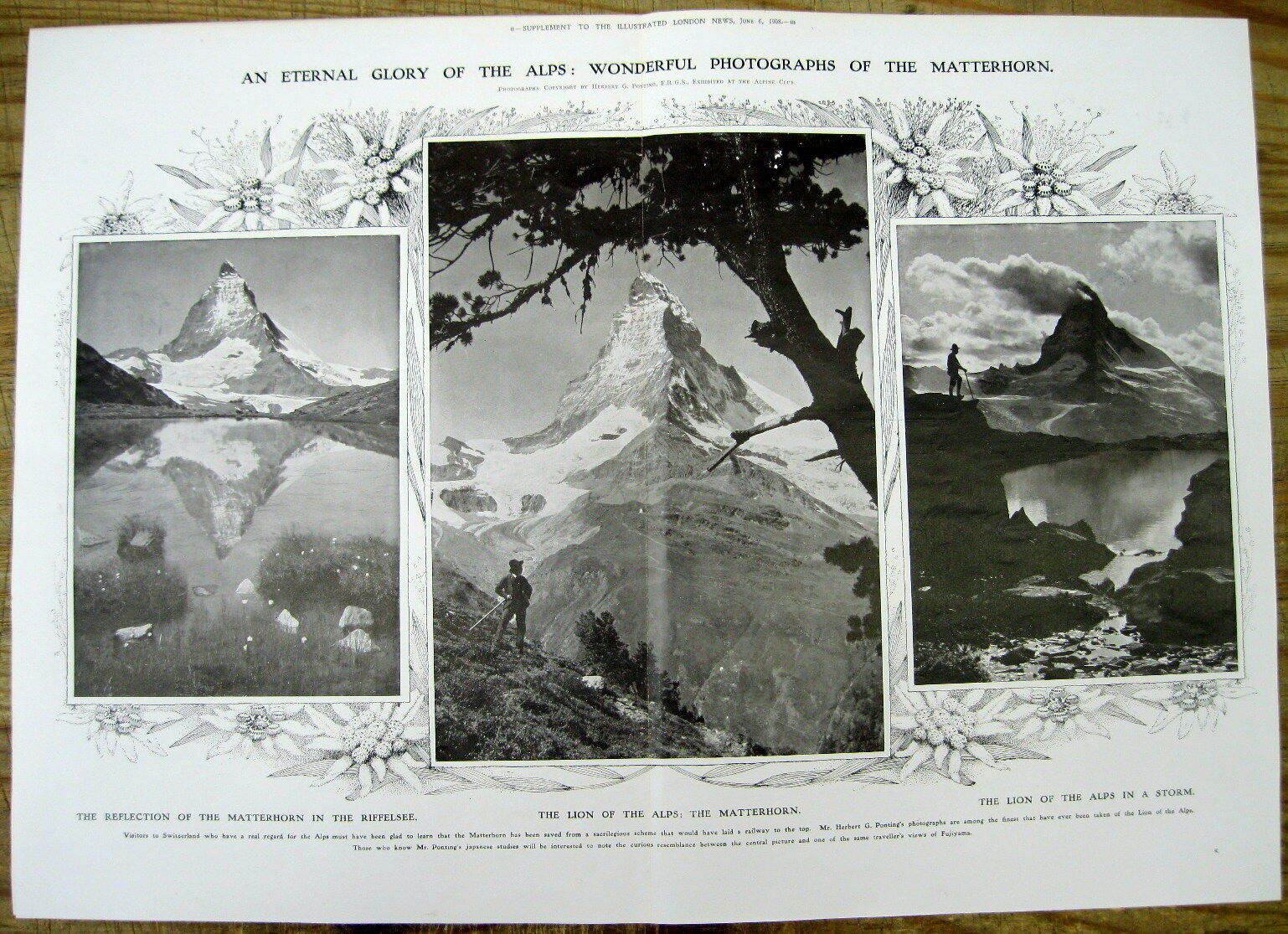-40%
1908 hdln newspaper DEADLIEST EARTHQUAKE in EUROPE HISTORY strikes MESSINA Italy
$ 18.48
- Description
- Size Guide
Description
1908 hdln newspaper DEADLIEST EARTHQUAKE in EUROPE history strikes MESSINA Italy1908 headline newspaper DEADLIEST EARTHQUAKE in EUROPE history strikes MESSINA Italy
- inv # 5T-228
Please visit our
EBAY STORE
for THOUSANDS MORE HISTORICAL NEWSPAPERS for SALE or at auction
SEE PHOTO(s) - COMPLETE ORIGINAL NEWSPAPER, the
Weekly Kansas City Star
(MO) dated Dec 30, 1908. This original newspaper contains a prominent front page headline, map, and long detailed report of the
MESSINA EARTHQUAKE of 1908, the DEADLIEST EARTHQUAKE in recorded European history
.
The 1908 Messina earthquake (also known as the 1908 Messina and Reggio earthquake) occurred on 28 December in Sicily and Calabria, southern Italy with a moment magnitude of 7.1 and a maximum Mercalli intensity of XI (Extreme). The cities of Messina and Reggio Calabria were almost completely destroyed and between 75,000 and 82,000 lives were lost. It was the most destructive earthquake ever to strike Europe.
On Monday 28 December 1908, from about 05:20 to 05:21, an earthquake of 7.1 on the moment magnitude scale occurred. Its epicentre was in the Strait of Messina which separates the busy port city of Messina in Sicily and Reggio Calabria on the Italian mainland. Its precise epicentre has been pinpointed to the northern Ionian Sea area close to the narrowest section of the Strait, the location of Messina. It had a depth of around 9 km (5.5 miles).
The earthquake almost levelled Messina. At least 91% of structures in Messina were destroyed or irreparably damaged and some 75,000 people were killed in the city and suburbs. Reggio Calabria and other locations in Calabria also suffered heavy damage, with some 25,000 people killed. Reggio's historic centre was almost completely eradicated. The number of casualties is based on the 1901 and 1911 census data. It was the most destructive earthquake ever to strike Europe. The ground shook for some 30 seconds, and the damage was widespread, with destruction felt over a 4,300 km2 (1,700 sq mi) area.
In Calabria, the ground shook violently from Scilla to south of Reggio, provoking landslides inland in the Reggio area and along the sea-cliff from Scilla to Bagnara. In the Calabrian commune of Palmi on the Tyrrhenian coast, there was almost total devastation that left 600 dead. Damage was also inflicted along the eastern Sicilian coast, but outside of Messina, it was not as badly hit as Calabria. The mesoseismal area was confined near the coast along a 1–4 km wide belt that shook and destroyed Messina and surrounding villages.[citation needed] Catania, the largest city in eastern Sicily, did not incur notable damage.
A young doctor who escaped with his life later recounted that "the profound silence was broken by an extraordinary noise like the bursting of a thousand bombs, followed by a rushing and torrential rain." Then he heard a "sinister whistling sound" which he likened to "a thousand red hot irons hissing in the water." Other survivors reported that there were three separate and different movements during the 30–40 second mainshock: the first shaking backwards and forwards, the second thrusting violently upwards, with the third moving in a circular motion. All accounts concur that it was the second upwards motion that caused the widespread destruction in Messina; the accompanying noise described as having been "exactly like that made by a fast train in a tunnel".
The elevated death toll was due to the fact that most people were asleep, and killed outright or buried alive in their beds, as their houses collapsed on top of them. Thousands were trapped under debris, suffering horrific injuries of which many would die. One week before the earthquake, 160,000 inhabitants were counted in the entire Messina commune. On 28 December, Messina was even more crowded than usual, due to the number of overnight visitors from outlying areas who had come to the city to see a performance of Giuseppe Verdi's opera Aida, which had been staged the previous evening at the Vittorio Emanuele II theater.
About ten minutes after the earthquake, the sea on both sides of the Strait suddenly withdrew as a 12-meter (39-foot) tsunami swept in, and three waves struck nearby coasts. It impacted hardest along the Calabrian coast and inundated Reggio Calabria after the sea had receded 70 meters from the shore. The entire Reggio seafront was destroyed and numbers of people who had gathered there perished. Nearby Villa San Giovanni was also badly hit. Along the coast between Lazzaro and Pellaro, houses and a railway bridge were washed away.
In Messina, the tsunami also caused more devastation and deaths; many of the survivors of the earthquake had fled to the relative safety of the seafront to escape their collapsing houses. The second and third tsunami waves, coming in rapid succession and higher than the first, raced over the harbour, smashed boats docked at the pier, and broke parts of the sea wall. After engulfing the port and three city blocks inland beyond the harbour, the waves swept away people, a number of ships that had been anchored in the harbour, fishing boats and ferries, and inflicted further damage on the edifices within the zone which had remained standing after the shock.
The ships that were still attached to their moorings collided with one another but did not incur major damage. Afterwards Messina harbour was filled with floating wreckage and the corpses of drowned people and animals. Towns and villages along the eastern coast of Sicily were assaulted by high waves causing deaths and damage to boats and property. Two hours later the tsunami struck Malta, rushing into Marsamxett Harbour and damaging property in Msida. About 2,000 people were killed by the tsunami in Messina on the eastern coast of Sicily, and in Reggio Calabria and its coastal environs.
Very good condition. This listing includes the complete entire original newspaper, NOT just a clipping or a page of it. STEPHEN A. GOLDMAN HISTORICAL NEWSPAPERS stands behind all of the items that we sell with a no questions asked, money back guarantee. Every item we sell is an original newspaper printed on the date indicated at the beginning of its description. U.S. buyers pay priority mail postage which includes waterproof plastic and a heavy cardboard flat to protect the purchased item from damage in the mail. Upon request by the buyer, we can ship by USPS Media Mail to reduce postage cost; however, please be aware that USPS Media Mail can be very slow in its time of transit to the buyer. International postage is quoted when we are informed as to where the package is to be sent. We do combine postage (to reduce postage costs) for multiple purchases sent in the same package.
We list thousands of rare newspapers with dates from 1570 through 2004 on Ebay each week. This is truly SIX CENTURIES OF HISTORY that YOU CAN OWN!
Stephen A. Goldman Historical Newspapers has been in the business of buying and selling historical newspapers for over 50 years. Dr. Goldman is a consultant to the Freedom Forum Newseum and a member of the American Antiquarian Society. You can buy with confidence from us, knowing that we stand behind all of our historical items with a 100% money back guarantee. Let our 50+ years of experience work for YOU ! We have hundreds of thousands of historical newspapers (and their very early precursors) for sale.
Stephen A. Goldman Historical Newspapers
has been in the business of buying and selling historical newspapers for over 50 years. We are located in the charming Maryland Eastern Shore town of OXFORD, Maryland.
Dr. Goldman is a consultant to the Freedom Forum Newseum and a member of the American Antiquarian Society. You can buy with confidence from us, knowing that we stand behind all of our historical items with a 100% money back guarantee. Let our 50+ years of experience work for YOU ! We have hundreds of thousands of historical newspapers (and their very early precursors) for sale.
We invite customer requests for historical newspapers that are not yet located in our extensive Ebay listing of items. With an inventory of nearly a million historical newspapers (and their early precursors) we are likely have just the one
YOU
are searching for.
WE ARE ALSO ACTIVE BUYERS OF HISTORICAL NEWSPAPERS, including large and small personal collections, bound volumes, significant individual issues, or deaccessions from libraries and historical societies. IF YOU WANT TO SELL, WE WANT TO BUY !!!
Powered by SixBit's eCommerce Solution


